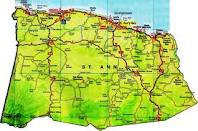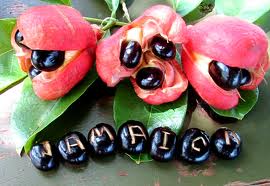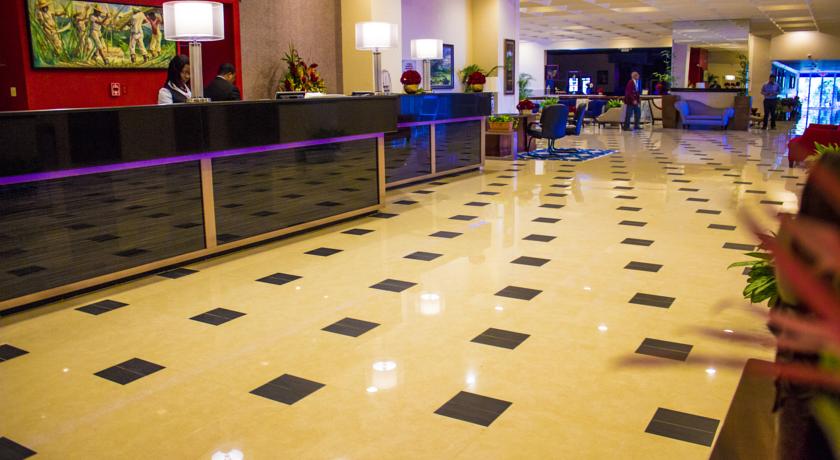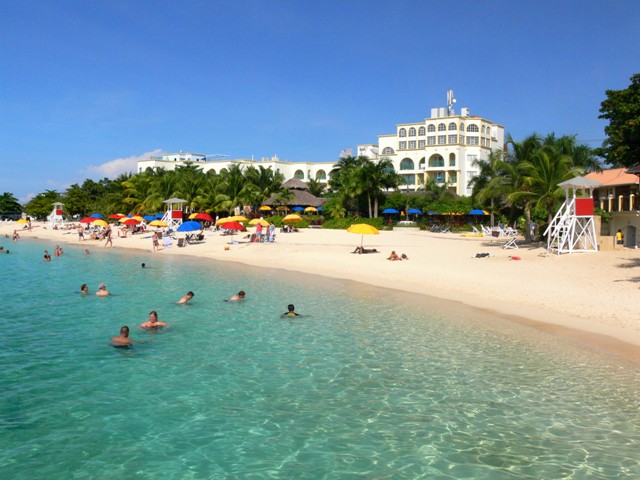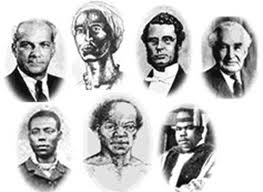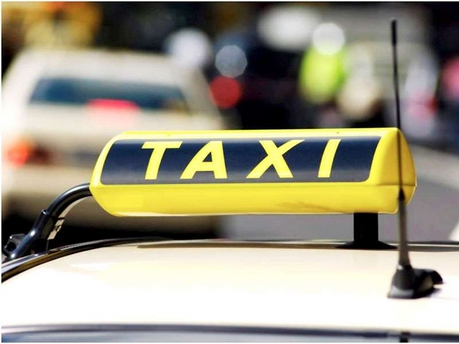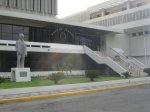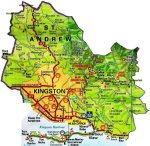Saint Ann Jamaica
Jamaica's Largest Parish
Wanna share something Jamaican with us? Share Your Submission HERE!!
CARE to SHARE???... Share this awesome content with your friends now...
Saint Ann Jamaica is located at 18°12'N and 77°28'W. The Capital town of St. Ann is St. Ann's Bay.
Some major towns include Ocho Rios, Brown's Town, Runaway Bay and Claremont. St.Ann is found in the Middlesex County.
This parish is said to be the largest parish in Jamaica because it measures 1,212.6 square km or 468.19 square miles. The highest elevation in the parish is in the Dry Harbour Mountains, which is at 762 metres above sea level
It's population as of the 2011 census is 172,362. Of this number, 86,662 are males and 85,700 are females.
The major areas of commerce includes Tourism, Agriculture, Bauxite Mining and Manufacturing.
However, St. Ann is one of the major tourist destinations of Jamaica. This is partly due to the fact that Dunn's River Falls and other beaches, such as Puerto Seco, are located there.
There are a number of attractions, both natural and historic, that can be found in the Garden Parish of St. Ann Jamaica. Some of these attractions include:
Natural Attractions
|
Dunn's River Falls |
Coyaba River Garden |
Historic Attractions
|
Seville Heritage Park |
Marcus Garvey Statue, St. Ann's Bay |
Saint Ann Jamaica is the birthplace of MANY popular Jamaican such as Floyd Lloyd, Shabba Ranks, Bob Marley, and Burning Spear. The Right Excellent Marcus Mosiah Garvey was also born in St. Ann.
Saint Ann Jamaica Brief History
The history of Saint Ann Jamaica began with the landing of Christopher Columbus in 1494 on his second voyage to the Caribbean, which was called the ‘New World’.
As he pulled into the port at St. Ann’s Bay, which is now the capital of St. Ann, he named the place, Santa Gloria. He was so overwhelmed by the beauty of Jamaica’s “Garden Parish”.
The name of St. Ann was believed to have been in honour of Ann Hyde, the wife of King James II. However, it was in honour of Santa Ana, its Spanish equivalent dated back from the days of the Spanish occupation of the island and was found in their records of 1603.
Christopher Columbus named the actual spot at which he landed "Horseshoe Bay" because of the land's peculiar shape. This was then changed to "Dry Harbour" and then eventually, a final name change was made to call it "Discovery Bay."
There is a very important archaeological site about one mile (1.6km) west of St. Ann's Bay on Seville property. This is the site of the first Spanish settlement in Jamaica.
This settlement was founded in 1509 by Juan de Esquivel (the first Spanish Governor of Jamaica), and named Seville Nueva – New Seville. Juan de Esquivel had been sent here by the son of Christopher Columbus, Diego Columbus, expressly to set up a colony.
It was around this time that the the first Africans came as body servants to the Spaniards.
The early history of St. Ann however, is not concentrated solely around Seville Nueva. At the Drax Hall Estate, near St. Ann’s Bay, there is a small bay described on maps as “Don Christopher’s Cove.” Here it is said Christopher Columbus repaired his two remaining ships after his fourth, and last, voyage to the West Indies.
Also, at Drax Hall can be found the ruins of the first free school set up in the parish (many years after Columbus’ departure) as a result of provisions left in the will of the original owner after whom it was named.
Further east along the coast from Drax Hall is “Chorreras” or “Bay of Waterfalls”. This was where Ysassi, which was the last Spanish Governor of the island, made a last ditch attempt to prevent the English from capturing the island.
He was however unsuccessful and he escaped by boat from Chorreras to Cuba. His hasty departure spurred the conquering British to rename Chorreras Falls, Runaway Bay.
Historical Sites, Building and Monuments
The Seville Great House
The Seville Great House dates from as far back as the English period. Richard Hemming, the first owner, had come with the English army of conquest in 1655. His grandson built the great house in 1745 on the site of the original 17th century house and it has been subjected to many changes. The last proprietor of Seville, Henry Smallwood Hoskins, who died in 1915, arranged for the property to be put in the hands of the Administrator General of Jamaica. It is now owned by the Jamaica National Heritage Trust which administers the New Seville site.
The St. Ann’s Bay Fort
This old fort, which is west of the town of St. Ann’s Bay, was built about 1750 with stone blocks taken from Sevilla la Nueva. In 1795 the fort was declared useless because of encroachment from the sea and a new fort was built at Windsor Point on the opposite side of the bay. The old fort was adapted as a jail and ‘house of correction’ as slave prisons were called. The jail had solitary cells, a treadmill, a separate room for lunatics, a room for debtors, a ‘hospital’ and jailor’s quarters.
Saint Ann Jamaica has a lot to offer so be sure to check out all the attractions if you are in and around the area of St. Ann!!
Sources
Jamaica Information Service, St. Ann. Kingston: Jamaica Information Service, (Parish Profiles), 1991.
Map of Jamaica, 1895
Senior, Olive, Encyclopedia of Jamaican Heritage. St. Andrew, Jamaica: Twin Guinep Publishers Ltd., 2003
Statistical Institute of Jamaica
Wikipedia
RELATED PARISH PAGES
CARE to SHARE???... Share this awesome content with your friends now...
If you found this page useful, please feel free to subscribe to my weekly newsletter, The Jamaica Land We Love Digest.
It gives you information every week about the new information that I have added to the site, including any new developments and great Jamaican stories from Jamaicans and lovers of Jamaica worldwide!

NEW!! Comments
Have your say about what you just read! Leave me a comment in the box below.
Other Great Articles You Might Have Missed
